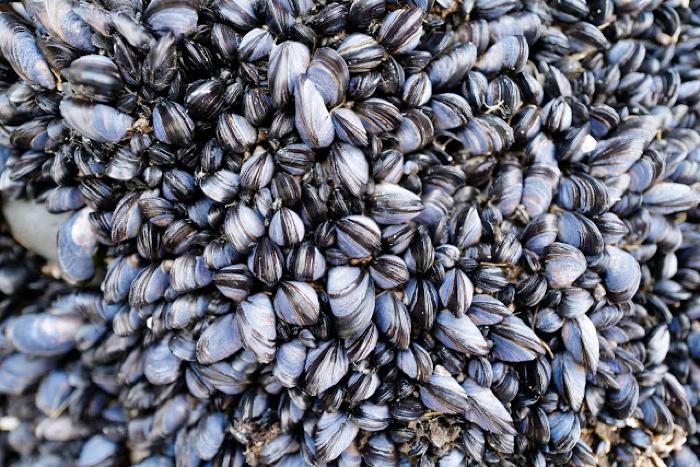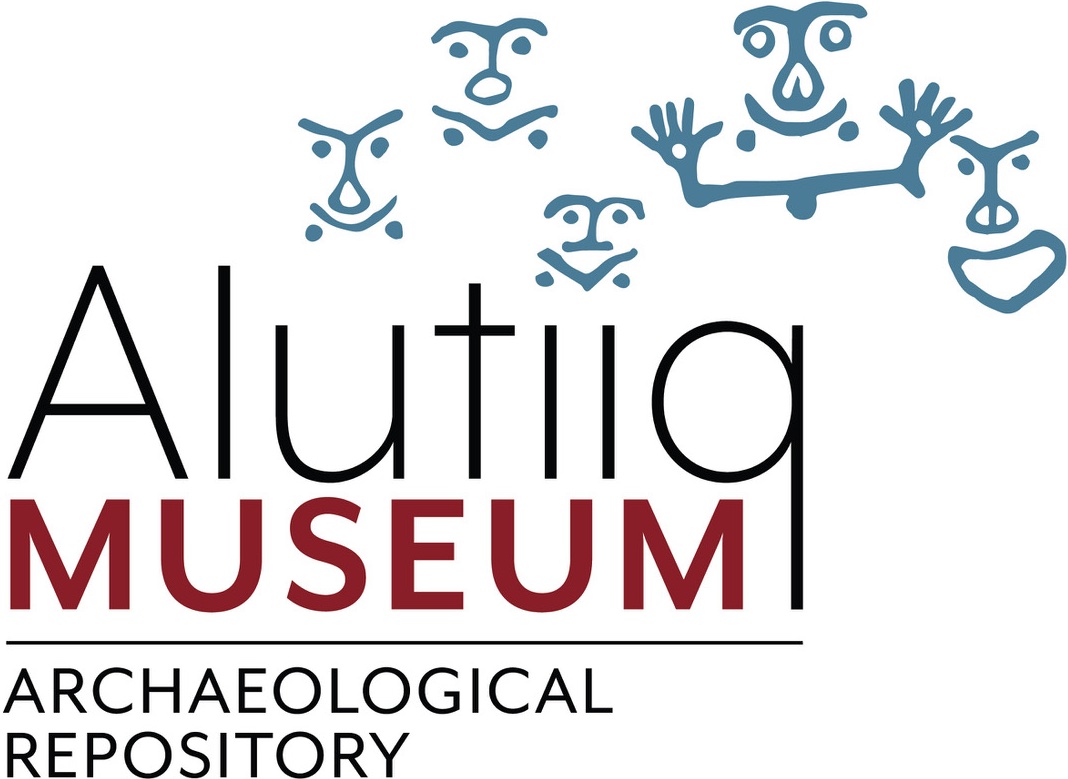Blue Mussel — Qapilaq

Blue mussels (Mylitus edulis) are one of the most common intertidal invertebrates in the Kodiak Archipelago. These purple-shelled bivalves inhabit most of Kodiak’s rocky shorelines, forming dense clusters in the upper intertidal zone. Like other shellfish, blue mussels are a great source of fresh spring food. They are widely abundant, easily accessed, and can be harvested by anyone.
The widespread presence of mussel shells in ancient garbage piles illustrates the popularity of mussels as a food source. Archaeologists find huge quantities of mussel remains in middens dating to the past 2,500 years, suggesting that people harvested and consumed many thousands of them. Mussel shells even occur in the village sites site far from the ocean. On the shores of Karluk Lake, for example, archaeologists find sites filled with purple shells, indicating that people carried mussels into the interior.
Mussel shells may also indicate the other types of material preserved inside an archaeological site. Shells are rich in calcium carbonate, an alkaline substance that neutralizes acid soils and creates an environment suitable for organic preservation. Where people left shellfish remains, archaeologists are likely to find well-preserved animal remains and bone tools.
